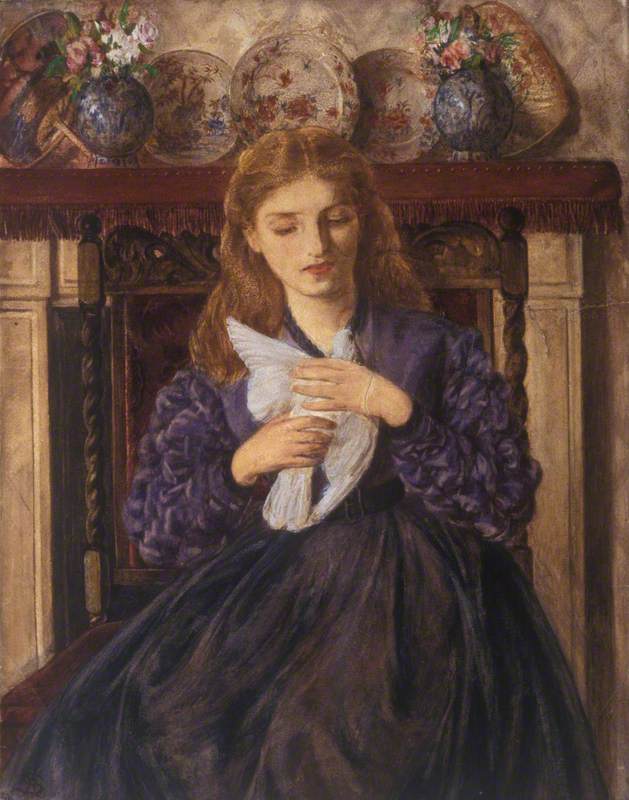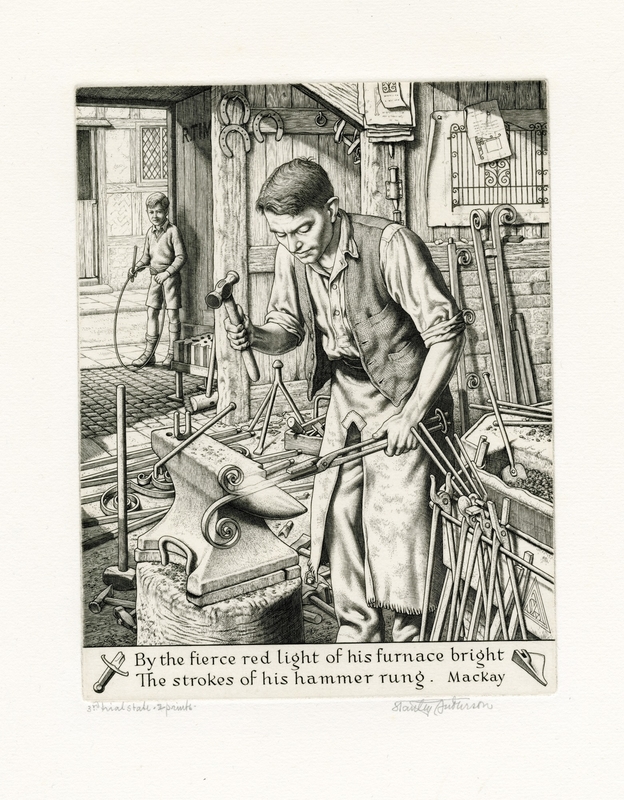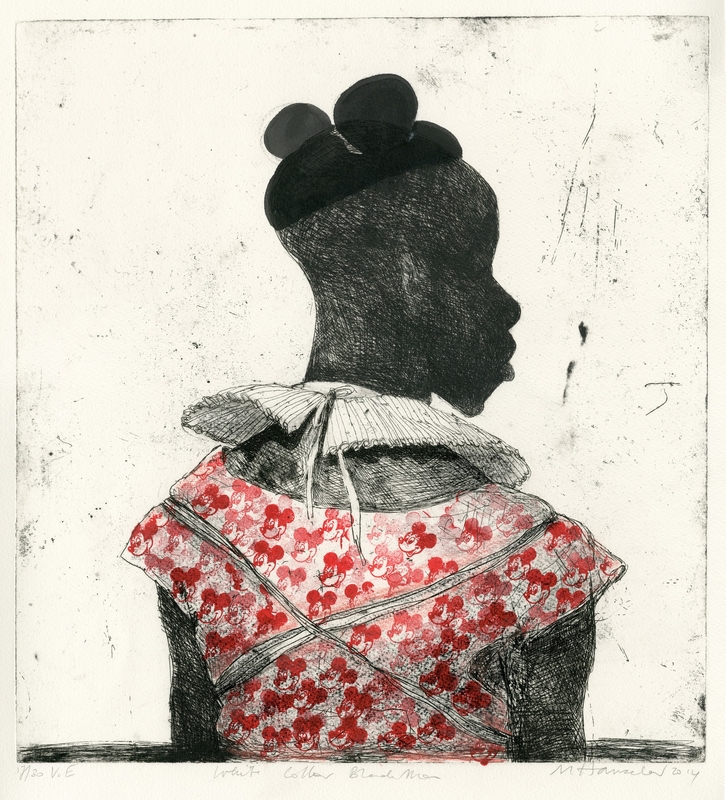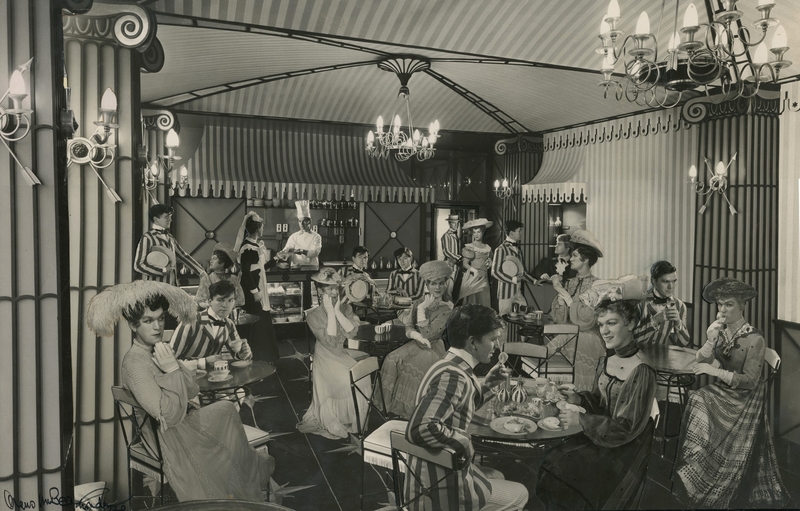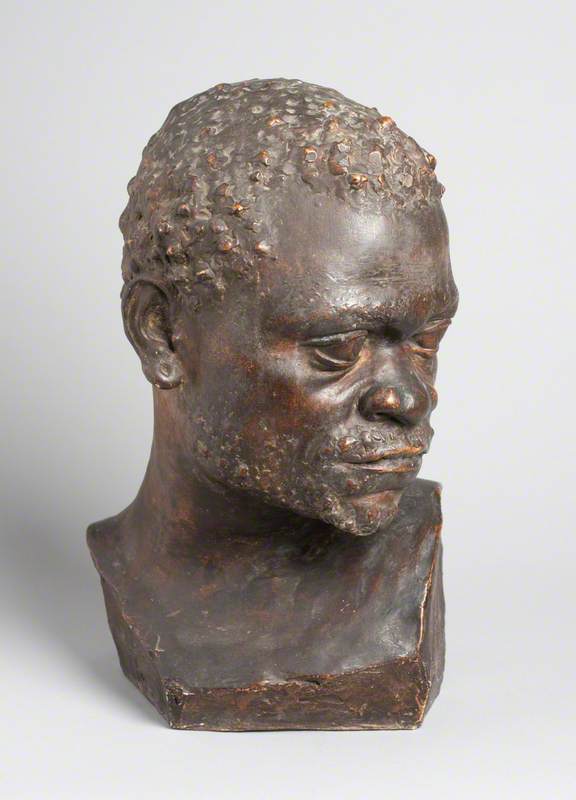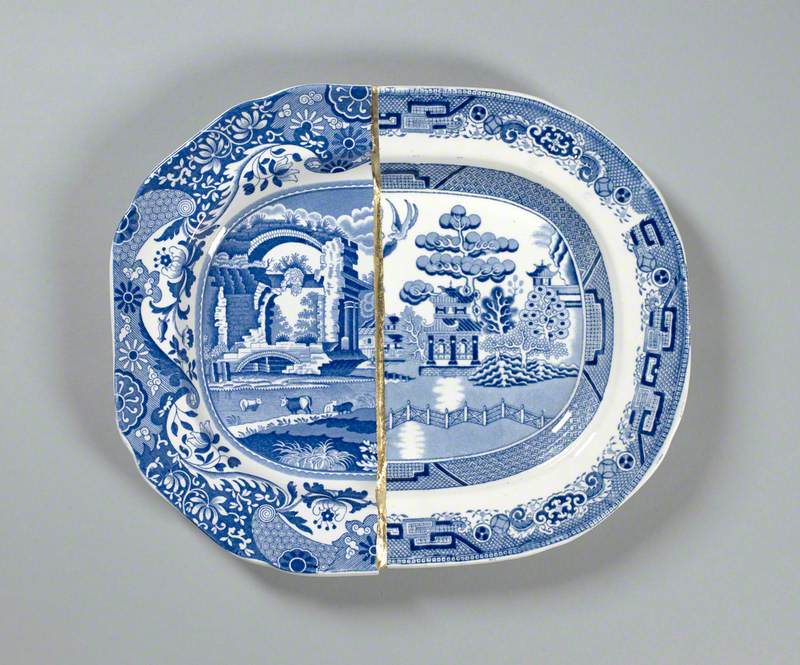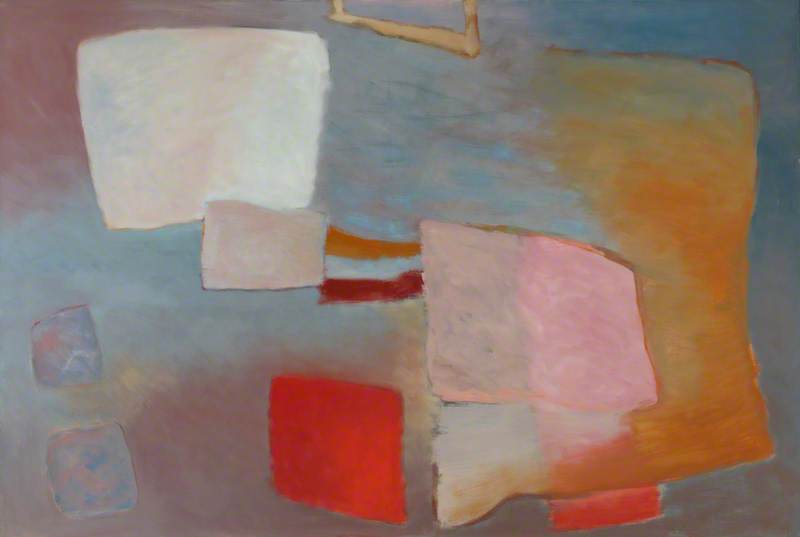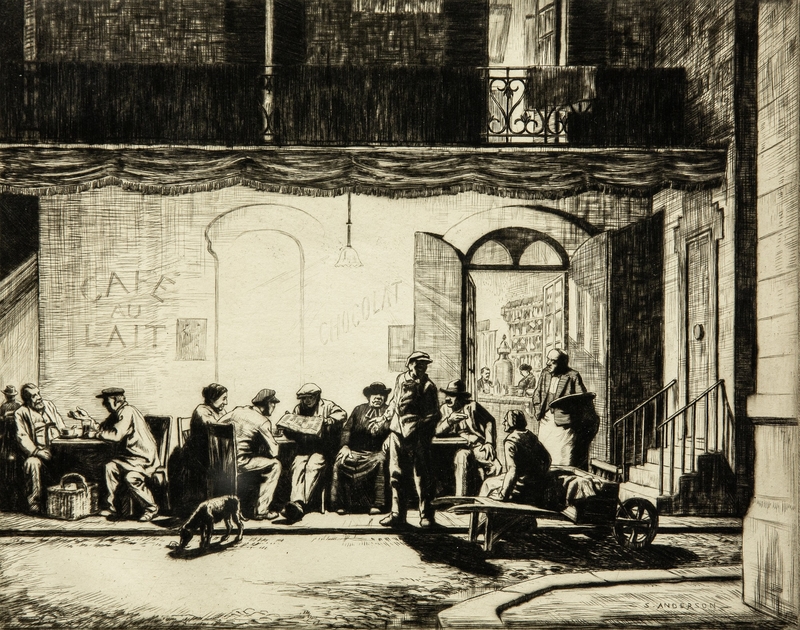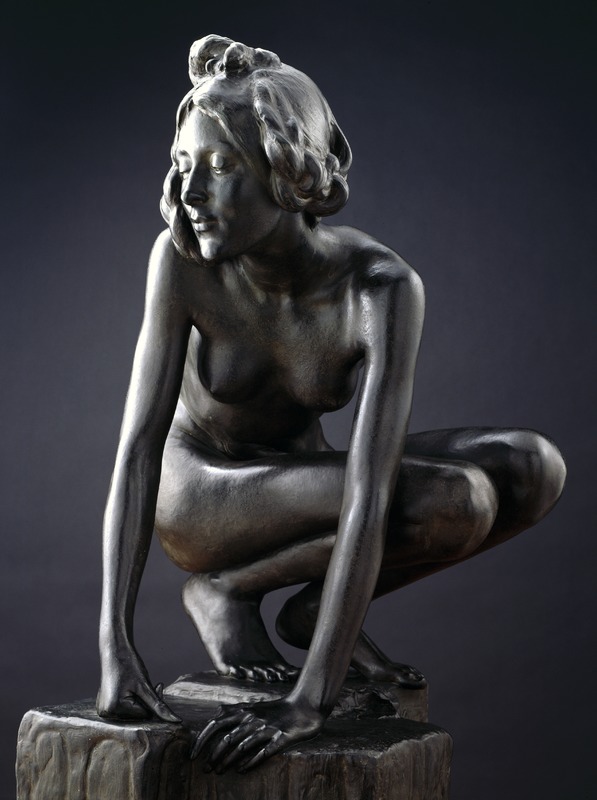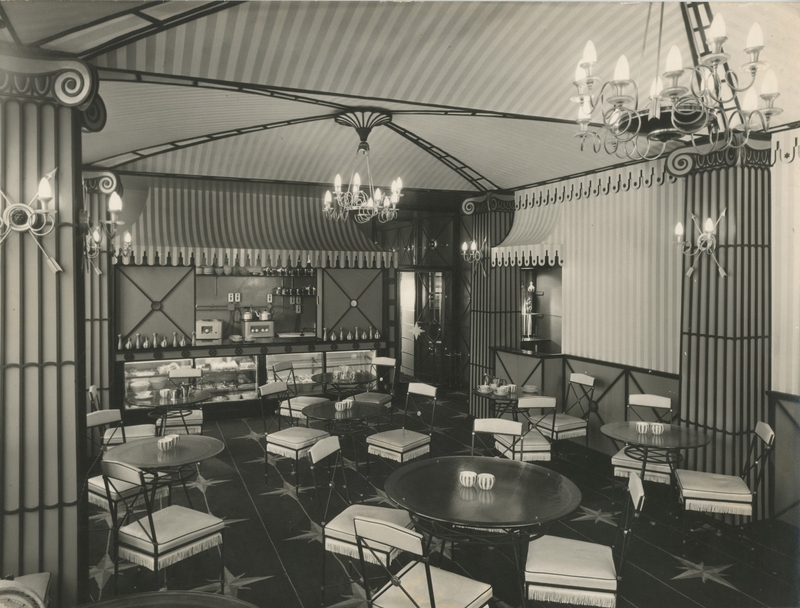Originating with the founding of the University College Wales in 1872, the collections at the School of Art Museum and Galleries now comprise approximately 25,000 objects of visual and material culture, among them European prints dating from the Renaissance to the present day, drawings, paintings, photographs, and ceramics. Exhibitions drawn entirely from our collections are staged annually in our galleries. In addition to their relevance to the collections, new acquisitions are chosen for their educational uses in the teaching of fine art, art history and curation, their ability to generate research, as well as their potential to engender public engagement.
Art Unlocked is an online talk series by Art UK in collaboration with Bloomberg Philanthropies. This Curation is based on a talk by Harry Heuser, Director of Research and Senior Lecturer in Art History, at the School of Art Museum and Galleries, Aberystwyth University, on 15th February 2023. You can watch a recording of the talk on Art UK's YouTube channel.
-
The Wounded Dove
The Wounded Dove 1866/1872Rebecca Solomon was the older sister of painter Simeon Solomon (1840–1905), several of whose works are also in the School of Art collection. She exhibited regularly at Royal Academy of Arts in London throughout the 1850s and ‘60s.
Rebecca Solomon was an active social reformer. In 1859, she joined a group of women artists who successfully petitioned the Royal Academy to open its Schools to women.
The collector George Powell, a friend of her brother Simeon, paid Rebecca Solomon fifteen pounds for this painting. The payments were made in installments. The sum was paid in full in 1873.
Early that same year, Solomon’s career suffered greatly after her brother was fined £100 for sexual offences. Rebecca Solomon and her brother had a close relationship. They lived together and worked in the same studio. The portrait of a woman caring for a wounded creature in distress proved prophetic.
Rebecca Solomon (1832–1886)
Watercolour on paper
H 45.5 x W 35.5 cm
Aberystwyth University School of Art Museum and Galleries
-
Making the Gate
Making the Gate 1949Making the Gate reflects on the life of Rupert Timms, whose smithy had been Anderson’s subject on two previous occasions. During the war, Timms’ income had derived chiefly from supplying horseshoes to the military. Adjustment to civilian life proved difficult, as demand for his work dwindled.
Anderson encouraged Timms and his father to diversify as ornamental blacksmiths. Working to a design supplied by Anderson, they entered and won the first post-war Royal Show competition for blacksmiths, which was staged in 1947 at Oxford.
Anderson displays his winning design on the top right, showing Rupert Timms at work on the gate. An increase in riding and horse shows during the 1950s allowed Timms’ to return to his original trade. It is a success story anticipated by Anderson, who places a boy from his local village at the smithy door to suggest a bright future for Timms’ smithy.
Stanley Anderson (1884–1966)
Engraving on laid paper
H 16.3 x W 13.1 cm
Aberystwyth University School of Art Museum and Galleries
-
White Collar Black Man
White Collar Black Man 2014In her politically charged practice, painter-printmaker Marcelle Hanselaar engages with the tradition of Western art, particularly the visual culture of her birthplace, the Netherlands, to take on challenging social issues of the present day.
White Collar Black Man recalls a painting by the seventeenth-century Dutch portrait artist Govert Flinck, which shows the back of a black man in uniform wearing a white collar. While the collar serves as an indicator of social status, the personhood of the figure is obscured.
Appropriating a cartoon figure often seen in designs for today’s mass-manufactured fashion and applying colour by repeatedly stamping the subject, Hanselaar drives home the continued threat to identity through imposed conformity.
Marcelle Hanselaar (b.1945)
Etching with hand colouring & stamp
H 40 x W 40 cm
Aberystwyth University School of Art Museum and Galleries
-
'All the Best People Eat at the Pavilion Restaurant'
'All the Best People Eat at the Pavilion Restaurant' c.1956While he is now primarily known as a photographer of celebrities, many of whose likenesses he ‘surrealised,’ Angus McBean was also a designer and mask-maker. In 1954, he designed the interior of a restaurant on Oxford Street, London. He was then asked to promote it.
This collage includes nineteen cut-outs of figures in Edwardian costumes. All of them are photographs of McBean’s assistant and partner, David Ball. Ball posed as staff and patrons, gentlemen and ladies.
The finalised image was shown on British cinema screens with the slogan ‘All the Best People Eat at the Pavilion Restaurant.’ McBean said about this collage that it was ‘the most complicated scissors and paste job’ he had ‘ever done,’ and perhaps the one of which he was ‘most proud.’
Angus McBean (1904–1990)
Collaged silver gelatin print on hardboard
H 71.8 x W 49.7 cm
Aberystwyth University School of Art Museum and Galleries
-
Fukushima No. 8
Fukushima No. 8 2016In his practice and research, the conceptual ceramicist Paul Scott engages with traditional techniques, precious materials and mass-manufactured transferware to explore complex relationships between past and present, nature and culture, as well as art history and current affairs.
This fragmented and re-assembled Willow Pattern platter commemorates the 2011 disaster at a nuclear power plant in Fukushima, Japan. Appropriating The Great Wave off Kanagawa, a widely reproduced print by Katsushika Hokusai, Scott’s collage recreates the moment at which an earthquake-triggered tsunami hit the plant, resulting in one of the greatest human-made disasters since Chernobyl.
To achieve this joining of references, Scott employs the centuries-old Japanese technique of kintsugi (meaning “golden seams”) or kintsukuroi (“golden repair”), which is used to mend broken ceramics.
Paul Scott (b.1953)
In-glaze decal collage on broken & re-assembled double phoenix ‘willow’ pattern platter (c.1966) with brass pins, gold leaf, tile cement & epoxy resin
H 41.2 x W 30 cm
Aberystwyth University School of Art Museum and Galleries
-
Bokani (Bokane)
Bokani (Bokane) c.1905Bokani was a member of the Mbuti people, a Congolese tribe from the Ituri Forest. Along with five other ‘pygmies,’ he was brought to the UK in 1905 by James J. Harrison, a retired Lieutenant Colonel and big-game hunter. The ostensible aim of Harrison’s expedition was to ‘secure’ a ‘few of the tiny inhabitants’ for ‘medical and scientific purposes.’
Going on display as living specimens, the group appeared at the London Hippodrome and were presented at Buckingham Palace. At least once they were shown in a zoo. For three years, they toured Britain and Europe until their return home. Harrison insisted that his ‘little friends’ had the ‘time of their life’ and would long remember the ‘wonders and kindness of the white masters.’
Bokani was subjected to extensive physical examination. In the process, this bust was produced. A bronze version was exhibited at the Royal Academy.
William Goscombe John (1860–1952)
Plaster & paint
H 36 x W 20 x D 20.5 cm
Aberystwyth University School of Art Museum and Galleries
